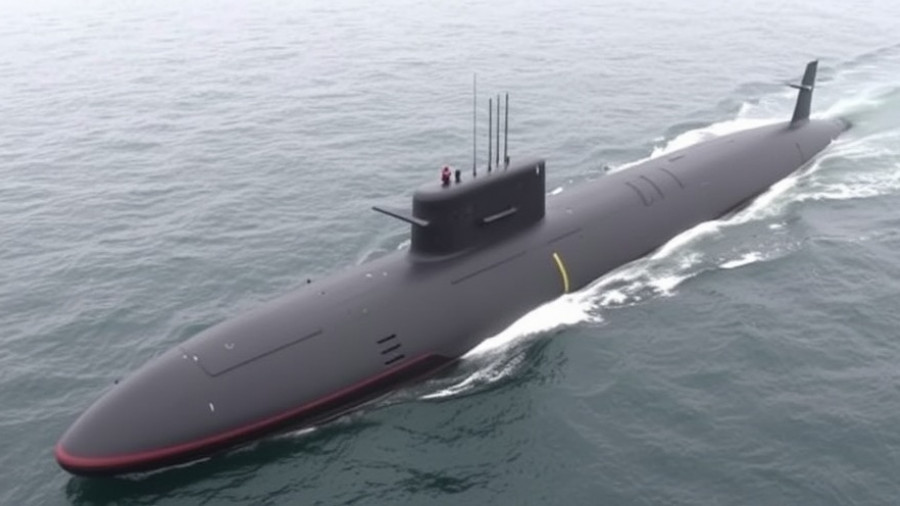
The Royal Canadian Navy Completes Its AOPV Fleet
The final piece of the puzzle for the Royal Canadian Navy's Arctic and offshore patrol capabilities has been delivered with the arrival of HMCS Robert Hampton Gray. This vessel, named in honor of World War II hero Lieutenant Robert Hampton Gray, represents a significant milestone in Canada's maritime defense strategy. Expected to be commissioned formally in 2026, the HMCS Robert Hampton Gray brings the total number of Harry DeWolf-class Arctic and Offshore Patrol Vessels (AOPVs) to six.
Historic Significance of the HMCS Robert Hampton Gray
The HMCS Robert Hampton Gray is not just another addition to the Royal Canadian Navy; it embodies a rich legacy tied to Canada's military history. Lieutenant Gray received the Victoria Cross for his valor during World War II, making the ship's name particularly poignant. By commissioning this vessel, the Navy honors the sacrifices made by veterans and ensures that their legacy continues to inspire new generations of sailors.
Key Features and Capabilities of the AOPVs
The Harry DeWolf-class vessels are designed for versatile operations, including armed surveillance, humanitarian missions, and disaster relief efforts. Equipped to navigate icy waters, these ships will enhance Canada’s presence in the Arctic, allowing for a direct and robust response to any threats to national sovereignty.
Additionally, the vessels are outfitted with state-of-the-art technology, ensuring that the Royal Canadian Navy is well-equipped for modern maritime challenges. This technology not only aids in defense but also in international peacekeeping efforts, reinforcing Canada’s role on the global stage.
The Impact on National Defense Strategy
Canada’s National Shipbuilding Strategy, which guided the construction of the AOPVs, is a vital component of the country’s defense policy. By partnering with companies like Irving Shipbuilding, Canada is not only renewing its naval fleet but also bolstering its marine industry, which offers economic benefits and job creation across the nation. Defence Minister David McGuinty emphasized that this strategy is crucial in asserting Canada’s sovereignty, especially in the Arctic region, which faces increased international interest and activity.
Future Deployment and Integration
Following its delivery, HMCS Robert Hampton Gray will undergo a series of sea trials and evaluations before officially joining the Maritime Forces Pacific Fleet. The integration of this vessel with its sister ships - including Harry DeWolf and Margaret Brooke - will streamline operational capabilities, allowing for coordinated responses to crisis situations.
This integrated fleet is expected to enhance the capabilities of the Royal Canadian Navy significantly, enabling a more agile response to both domestic and international needs.
The Broader Implications for Military Readiness
As tensions in various global hotspots heighten, the Royal Canadian Navy's enhanced capabilities are timely. The ability to deploy advanced vessels like the AOPVs will allow Canada to play a proactive role in various international engagements, ensuring that it remains a steadfast ally in maintaining global security. During operations such as Caribbe, Horizon, and Nanook, the AOPVs demonstrated their effectiveness and adaptability, proving that they are not just a means of defense but also vital tools for humanitarian efforts.
Conclusion: Looking Ahead
The delivery of the HMCS Robert Hampton Gray marks a crucial step for the Royal Canadian Navy as it completes its fleet of Arctic and offshore patrol vessels. This development enhances not only Canada’s military readiness but also reinforces its commitments to national and international responsibilities.
The collaborative efforts behind the National Shipbuilding Strategy also signal a promising future for Canada’s marine industry. As innovation continues to shape military capabilities, the timeless values of courage and commitment to service will remain at the forefront of the Royal Canadian Navy’s missions.
 Add Row
Add Row  Add
Add 




Write A Comment